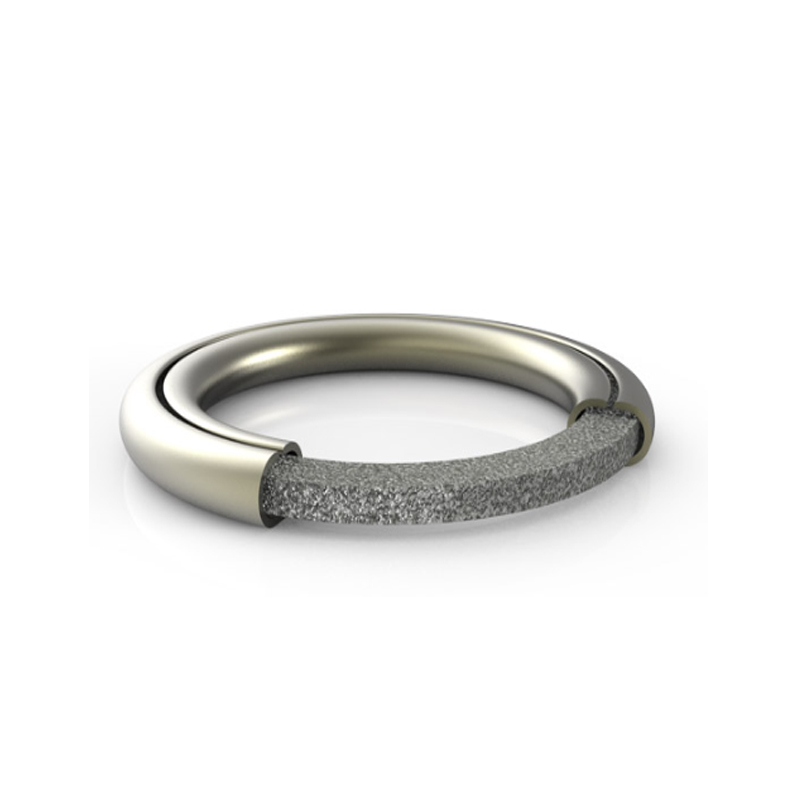Exploring Sustainable Practices in Automotive Maintenance by Reusing Crush Washers Effectively and Efficiently
The Benefits of Reusing Crush Washers
In the world of automotive and mechanical maintenance, every component plays a vital role in ensuring optimal performance and longevity. One often overlooked part is the crush washer. These small, circular components are widely used in plumbing, automotive, and hydraulic applications to create a tight seal between two surfaces and to prevent leaks. Traditionally, crush washers are intended for single use, but a growing conversation is emerging around the benefits of reusing them. This article explores the advantages, best practices, and environmental implications of reusing crush washers.
Understanding Crush Washers
Crush washers are typically made from soft metals such as aluminum, copper, or rubberized materials. When installed, they compress to fill any gaps between components, effectively sealing them and preventing leaks of fluids or gases. As the name suggests, they crush during installation, which is why many manufacturers recommend them for single use. However, with careful consideration and proper techniques, reusing them can become a feasible option.
Economic Benefits
One of the most compelling reasons to reuse crush washers is the potential for cost savings. In industries where maintenance is frequent, replacing washers regularly can accumulate significant expenses over time. By carefully removing and reusing crush washers, particularly those made from durable materials like copper, technicians can reduce the need for constant replacements. This practice not only minimizes expenses but also increases efficiency, allowing resources to be allocated to other critical areas of maintenance.
Environmental Impact
As concerns about environmental sustainability grow, the idea of reusing components such as crush washers becomes increasingly relevant. The production of new washers requires raw materials and energy, which contributes to environmental degradation. By reusing washers, we can lessen our reliance on new manufacturing processes, thereby reducing resource extraction and lowering our carbon footprint. This simple shift towards reusability aligns with global efforts to promote sustainability and minimize waste.
reusing crush washer

Best Practices for Reusing Crush Washers
To successfully reuse crush washers, there are essential best practices to follow
1. Inspection Before reusing a crush washer, inspect it for signs of excessive wear or deformation. Look for cracks, deep grooves, or significant thinning of the material. If the washer shows any of these signs, it is best to replace it to ensure a reliable seal.
2. Cleaning Ensure the washer is clean before reinstallation. Residual fluids or debris can compromise the seal and lead to leaks. Use a suitable solvent to remove any contaminants.
3. Correct Application When reusing crush washers, ensure that they are installed in the correct orientation and are compatible with the application. Different applications might require different types of crush washers; for instance, a washer used in an engine oil application might not be suitable for a fuel line.
4. Monitoring After installation, monitor the area for leaks. If any leaks are detected, it may be necessary to replace the crush washer with a new one.
Conclusion
Reusing crush washers can lead to cost savings, promote environmental sustainability, and reflect a conscious effort to reduce waste. While traditional practices often emphasize the need for new washers, these small components can be given a second life with proper care and attention. As industries continue to seek ways to operate more efficiently and sustainably, the practice of reusing crush washers should not be overlooked. By embracing this approach, mechanics and technicians can contribute to a more sustainable future while also benefiting economically from their efforts.
-
Understanding Automotive Oil Seals: Essential Components for Engine and Shaft Protection
News Jul.30,2025
-
The Importance of Heavy Duty Seals in Industrial and Residential Applications
News Jul.30,2025
-
Exploring Industrial Oil Seals: From Felt Oil Seals to TTO and CFW Solutions
News Jul.30,2025
-
Essential Guide to Oil Seals: From Radial to Metal-Cased Seals for Industrial Reliability
News Jul.30,2025
-
Choosing the Right Oil Seals and Gaskets for Industrial and Automotive Applications
News Jul.30,2025
-
Cassette Seals: Durable Sealing Solutions for Harsh Environments
News Jul.30,2025
-
Understanding the Front Main Engine Seal: Purpose, Maintenance, and Installation
News Jul.29,2025
Products categories















